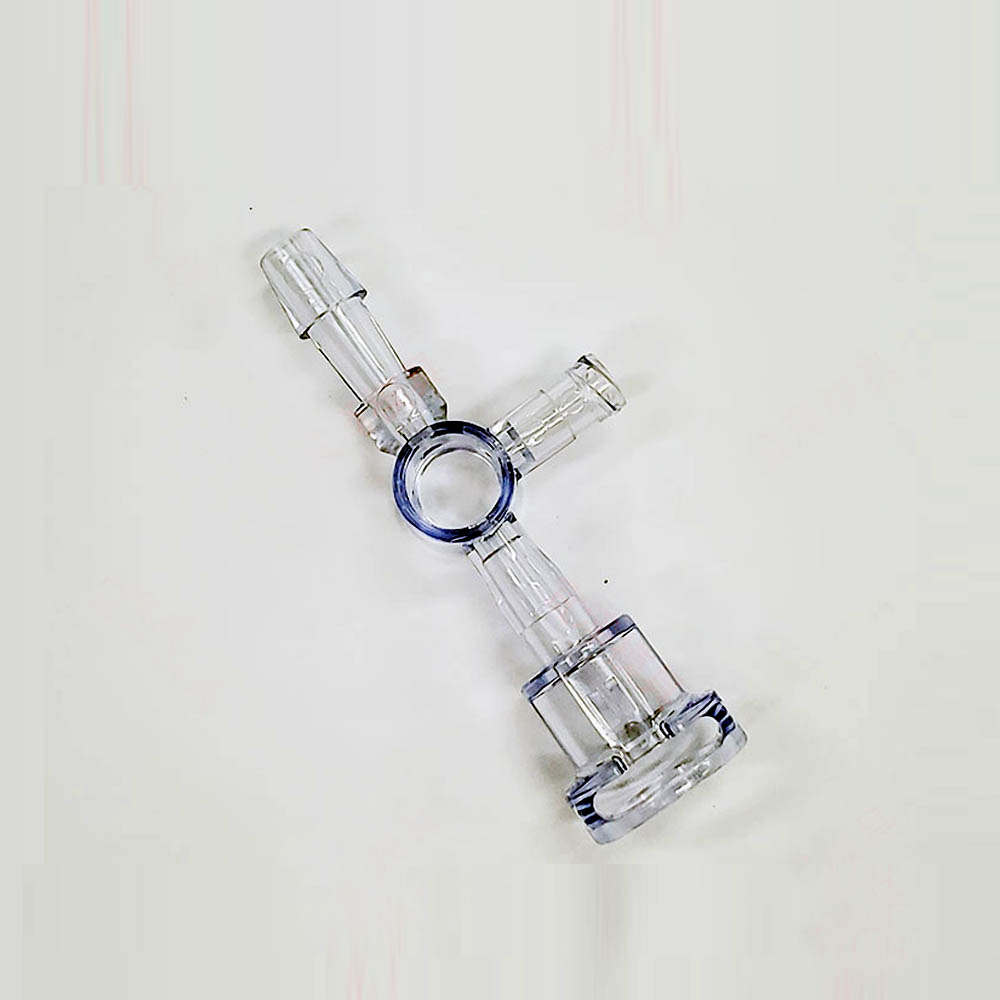Company dynamics
Thin-wall injection molding manufacturers
"Thin-wall" is usually defined by lightweight electronic parts with wall thickness less than 1mm. For automotive plastic parts manufacturers, "thin-wall" can be 2mm.
In short, thin-walled products require changes in processing technology: higher pressure and speed, shorter cooling time, change in part ejection and gate arrangement. The following are the requirements for injection molding machines and molds for thin-wall injection molding.
Injection molding machine
Standard injection molding machines can be used to produce a variety of thin-walled products. The performance of new injection molding machines today is much better than that of 10 years ago. Advances in materials, gate technology and design have further broadened the performance of standard injection molding machines for thin-walled parts. However, as wall thickness continues to decrease, a more specialized injection molding machine with high speed and high pressure performance is needed. For example, it is normal for an electronic part with a thickness of less than 1mm to have a filling time of less than 0.5 seconds and an injection pressure of more than 210MPa.
Hydraulic injection machines for thin-wall injection molding are designed with accumulators to drive injection and mold closing frequently. All-electric injection machines and electric/hydraulic injection machines with high speed and high pressure performance are also available. In order to withstand the high pressure of the new injection machines, the minimum clamping force must be 5 to 7 tons/inch (projected area).
In addition, large mold plates help reduce bending when the wall thickness decreases and the injection pressure increases. The ratio of tie rod to mold plate thickness for injection machines for thin-walled products is 2:1 or less. When producing thin-walled products, closed-loop control of injection speed and pressure and other processing parameters helps control filling and holding pressure at high pressure and high speed.
As for the injection volume, large diameter barrels are often too large. The recommended injection volume is 40% to 70% of the barrel capacity. The total molding cycle of thin-walled products is greatly shortened, and it is possible to reduce the minimum injection volume to 20% to 30% of the barrel capacity. Users must be very careful when injecting, because for the material, a small injection volume means that the material stays in the barrel for a longer time, which will lead to a decrease in product performance.
Mold
Speed is one of the key factors for the success of thin-wall injection molding. Fast mold filling and high pressure can inject molten thermoplastic material into the mold cavity at high speed, thereby preventing the gate from cooling. If a standard part is filled in two seconds, then a 25% reduction in mold thickness may reduce the filling time by 50%, just 1 second.
One of the advantages of thin-wall injection molding is that when the thickness is reduced, less material needs to be cooled. As the thickness is reduced, the molding cycle can be shortened by half. The reasonable setting of the melt delivery device ensures that the hot runner and sprue will not hinder the shortening of the molding cycle. The use of hot runners and sprue bushings helps to shorten the molding cycle to a minimum. In addition, the mold material should be considered.
P20 steel is used by automotive plastic parts manufacturers for molding conventional parts, but because thin-wall injection molding has higher pressures, the mold must be made very strong. H-13 and other hard steels add an extra safety factor for thin-wall molds. However, the cost of a strong mold may be 30% to 40% higher than a standard mold. But the increased cost is usually offset by the improved production performance.
Categories
Blog
Contact Us
Contact: plastic injection molding Company
Phone: +86 181 6575 9852
Tel: +86 755-27164277
E-mail: windward@seaiint.com
Add: Northwest of Huihao Industrial Park, No. 1, Chuangwei Road, Guangming District, Shenzhen


